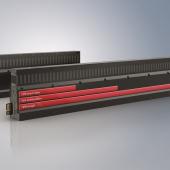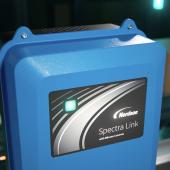IMA Digital: a project for process and packaging 4.0
Introduced for the first time at Interpack 2017, IMA Digital shapes its vision of Smart Machines and the Smart Factory according to the unique visionary approach of the Industry 4.0 principles.
IMA Digital will deliver additional value with empowered machines and services created to supply predictive and personalized customer experiences across the entire value chain. The idea behind Industry 4.0 is to connect human resources, data, and physical machines within a cyber-physical network. IMA sees the intelligent factory as a place where the main production elements (tools, devices and machines) are connected in order to obtain more streamlined production management, allowing higher flexibility and reconfiguration.
Exploiting data will open an almost infinitive world of opportunities: production data in real time, life status of individual fitted machine components, maintenance planning, activity traceability, virtual behavior monitoring.
In a 4.0 world, manufacturing and quality operations are suffering from the fact that they are obliged to serve a business model for which there were not originally designed. Based on the common principles of Industry 4.0, IMA Digital will offer the opportunity not only to fix agility and productivity issues, but also to provide quality operations with better instruments to enforce product safety and supply chain security.
The IMA ecosystem, integrating traditional skills with innovative digital competences, will allow the Group to tackle the digitalization challenge that it transforming the manufacturing world as never happened before.
About the smart factory: are we ready to deal with intelligent machines?
A smart factory is an environment where machinery and equipment are able to improve processes through automation and self-optimization. The benefits extend beyond the physical production of goods into functions like planning, supply chain logistics and even product development.
The structure of a smart factory can include a combination of production, information and communication technologies, with the potential for integration right across the entire manufacturing supply chain.
All these disparate parts of production can be connected via the IoT (Internet of Things) or other types of advanced integrated circuits, which enable sensing, measurement, control and communication of everything that is happening throughout the manufacturing process.
Industrial Internet of Things (IIoT), cyber-physical systems, big data, and collaborative robots (cobots) are only some of the main topics of discussion under the mainstream of Industry 4.0.
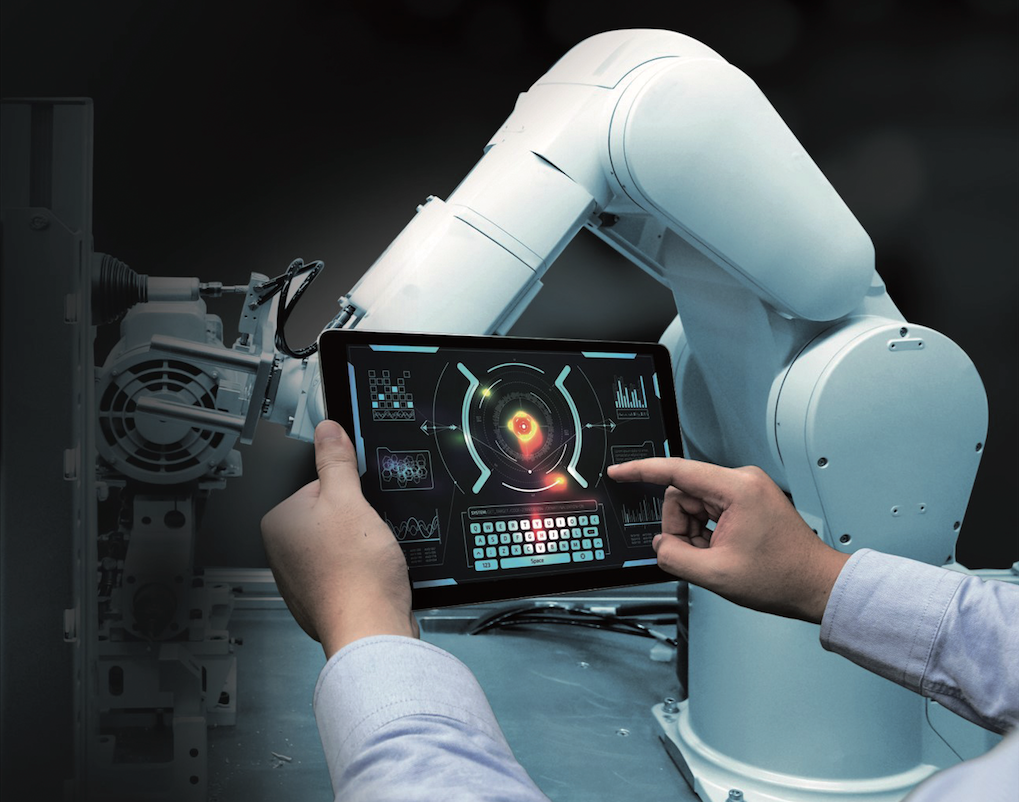
IMA’s vision of an intelligent factory is a place where the main production elements (tools, devices and machines) are connected in order to achieve smoother production management, allowing for higher flexibility and reconfiguration.
Open data provides almost infinite possibilities: production data in real time, life status of the individual components fitted on the machine, maintenance planning, activities traceability and virtual behaviors monitoring.
The dream of zero unplanned machine downtime is now the number one priority or a high priority to the Pharmaceutical industry. To fulfil this dream, in the same way old service management moved from reactive to proactive and then to preventative, a similar shift is taking place in attitudes to unplanned downtime: from recovery to protection to pre-emptive.
The value of predictive failure models based on historical data and events to improve understanding and forecast of machine failures will result in reduced time-to-fix and improved OEE and Productivity.
IMA’s overall objective is to enhance customer satisfaction through Operational Excellence to ensure continued growth of our customers.
Without constant visibility of all the machines installed in the factory, it is impossible to keep productivity and efficiency at optimal levels and avoid machine downtime.Traditional sensors can deliver only a limited quantity of information and lack the capacity to supply diagnostic or parametric data.
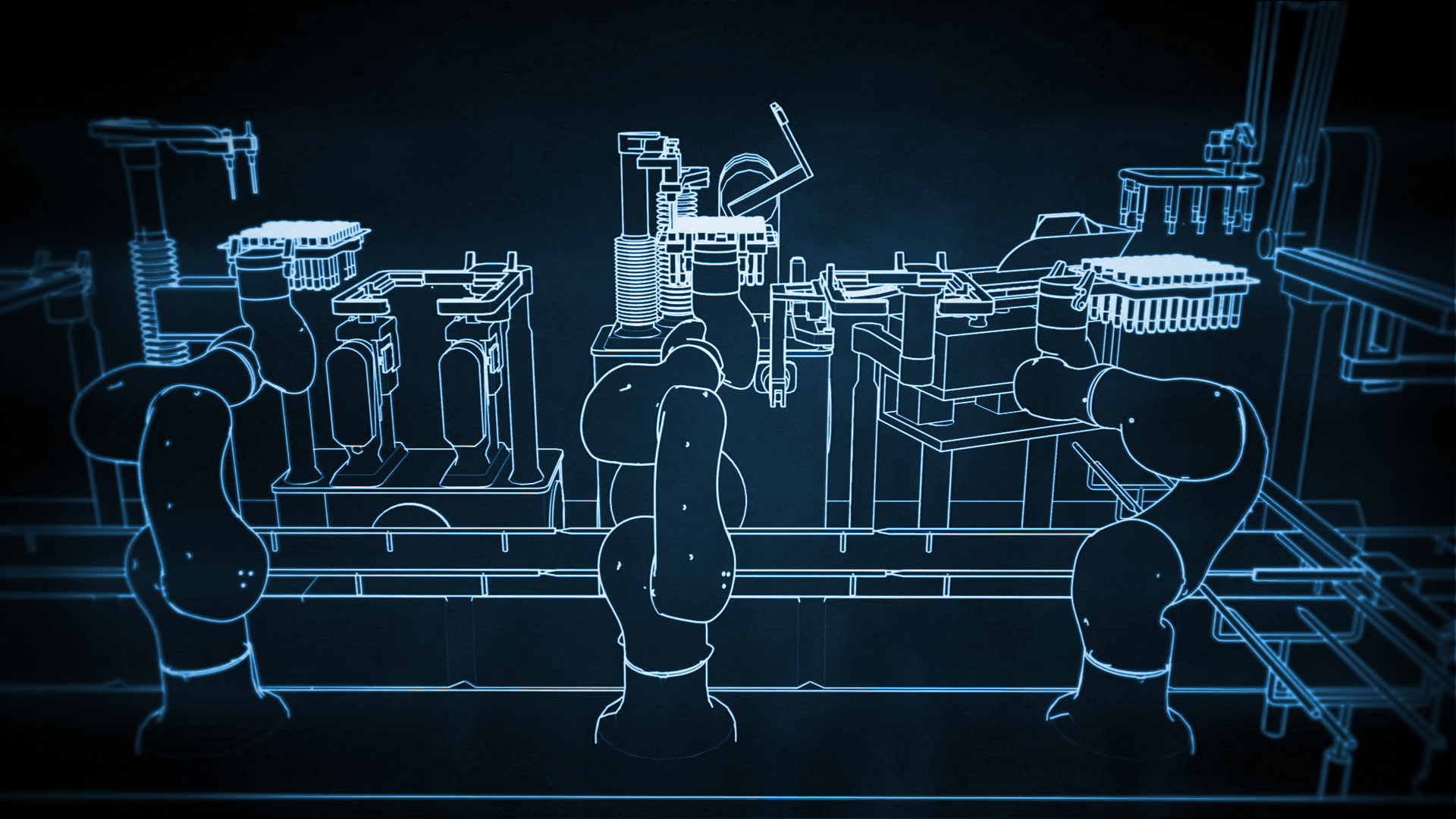
As far as IMA machines are concerned, this is only partially true: some of the standard sensors on the machines, including servomotors, can become information sources. With dedicated and software solutions, we are able to interpret such large amounts of data and predict the different machine fault and conditions.
All sensors that require frequent cleaning operations, being particularly exposed to dusty environments or particle release, are the first candidates for replacement with intelligent sensors to keep up with optimal working conditions.
These applications can draw tremendous advantages from intelligent detection technology by exploiting their intrinsic diagnosis, which means the maintenance team can be informed far in advance of the possible fault.
Machine downtime can be avoided by anticipating routine maintenance operations. The same applies also for other types of sensors like proximity switches or similar. Anticipating a possible problem on a single machine or in a line can drastically reduce unplanned machine stops. In this specific case, a reasonable investment can guarantee great savings on costly product loss by improving productivity, quality, compliance and profitability all at the same time. An integrated solution with intelligent sensors can, however, supply all the data necessary to get a full picture of the factory health status at a particular point in time.
Being integral part of the so-called Smart Machine, intelligent sensors allow for easy access to data that can be used and contextualised to contribute to the improvement and maximisation of overall equipment effectiveness (OEE) and to reduce the mean time between failures (MTBF) and consequently the mean time to restore the machine after a fault (MTTR).
New digital technology reveals all data which are traditionally hidden inside the production environment, allowing the plant manager to share the information across different production assets, to optimize maintenance activities, foresee problems before they actually arise and reconfigure the equipment to enhance productivity and alert the supply chain of imminent lack in components.
Pilot projects. According to IMA, the right path to reach higher standards in machine intelligence is the one that enables the experience and knowledge of the manufacturer to be embedded into the machine itself.
IMA is currently developing pilot projects to try out collaborative robots, known by the acronym “cobots”, by combining the use of collaborative robots with its automatic machines to ease, for example, the job of operators. IMA’s main objective for these pilot projects is to develop robotised cells to transfer the heavier and repetitive operations from the operator to the cobot, delegating some controls and adjusting functions. Today, the cobots can work together with humans without requiring safety fences or segregated factory floor areas. Even if cobots still have to comply with ISO safety standards and certifications if fences are no longer required between robots and humans, there is a clear way forward towards a completely new and highly productive approach.
IMA has laid the foundations for the development of a new project, which will see the first human-robot collaboration in the packaging industry. With the availability of highly sophisticated software and 3D vision system, IMA has developed the algorithms to enable the cobot to recognise the right object, pick it up and install it directly on a packaging machine. The cobot will carry out part of the job together with the machine operator, assisting him with the utmost confidence (intelligent industrial work assistant).
In this case, IMA is integrating more and different technologies to move one-step ahead and make the whole system more flexible and reconfigurable, meaning the cobot can be used for different functions by just changing the instructions.
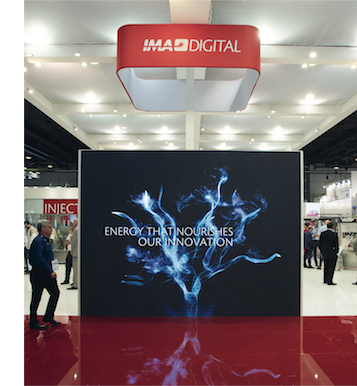 When virtual becomes reality
When virtual becomes reality
In the industrial design stage, what is known as “virtual commissioning” represents another important pillar in the IMA Digital strategy.
Being able to virtually verify the equipment’s correct functioning as well as the related software enables scenarios that were impossible to imagine only a few years ago. This sort of test is carried out during the design phase of the machine’s operating units. With this software, by modelling machine and products to be handled, all machine functions can be optimised mechanically and the related software long before having the machine available during its development stage.
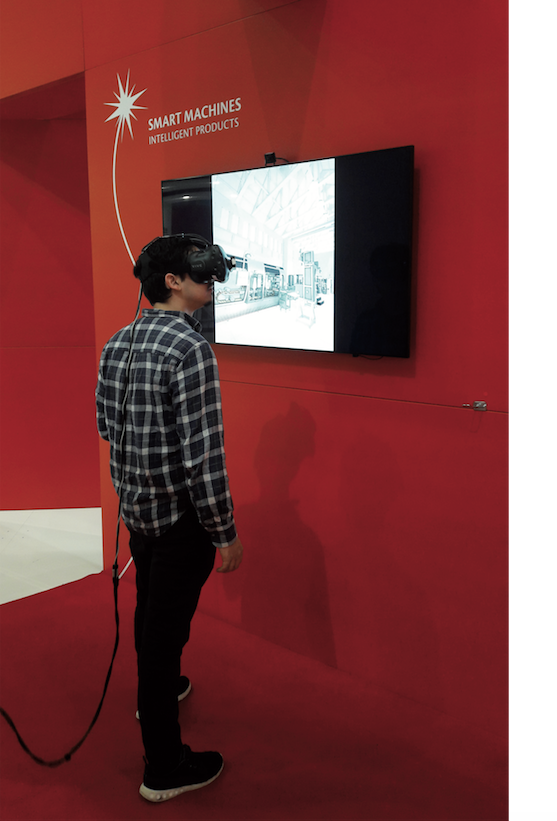 Satisfactory outcomes from different ongoing IMA projects have proven that equipment time-to-market is reduced from three to six weeks, depending on the type of machine. However, a more systems-design approach must be taken by implementing rigorous systems-design processes that accommodate the complexities of developing multi-disciplinary systems.
Satisfactory outcomes from different ongoing IMA projects have proven that equipment time-to-market is reduced from three to six weeks, depending on the type of machine. However, a more systems-design approach must be taken by implementing rigorous systems-design processes that accommodate the complexities of developing multi-disciplinary systems.
High-fidelity virtual prototypes, or Digital Twins, are at the core of this development process.
There are countless ways a Digital Twin can be used in the world of industrial automation:
- As a real-time implementation, so it can be run;
- To allow an operator to train on a virtual machine until they have the skills and confidence needed to operate the real machine;
- To identify potential issues with a real machine counterpart;
- To provide the basis for increasing machine self-awareness, allowing it to optimize its own performance for given duty cycles.
New digital skills are required to work with the new technology that needs quite an effort in knowledge integration. New and different abilities are required to handle the new digital technologies. This is the challenge posed by the digitalisation process.
Additive manufacturing
Additive Manufacturing is the name, which identifies a series of techniques and fabrication technologies where the final product is formed with neither the need to melt the material with moulds, nor to obtain it from a raw form.
Additive manufacturing offers great freedom for the designer in the conception of the machine/mechanical group, widening the range of the geometries and complexity achievable, by removing design and processing constraints as well as allowing rapid prototyping of small series.
Right now IMA is exploring this technology, which requires a partial review of the design process and the drawings management using new software packages for the parts optimization and their production. As for other new tools, the organizational impact, in this case, is quite important since new competences and instruments have to be integrated in the existing manufacturing process.












